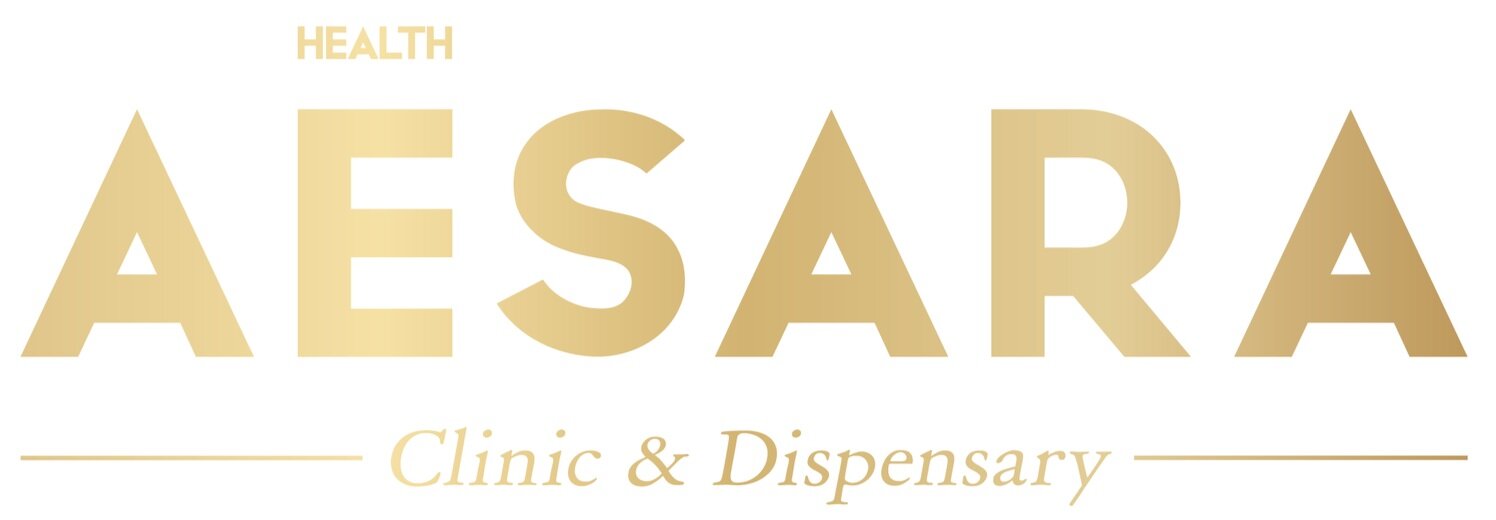Remedial Massage Therapy
Northcote Remedial Massage Therapists
Remedial Massage is a branch of allied health that focuses on direct manual therapy to assist with aches and pains associated with the musculoskeletal system.
Remedial Massage Therapists are trained to assess and treat muscles, tendons, ligaments and connective tissue and treat injuries and soreness. They employ a variety of treatments for use in pain management of chronic musculoskeletal conditions, postural conditions, sporting and occupational injuries, and preventative care.
To determine where to treat patients effectively, remedial therapists must have a working knowledge of human anatomy, physiology and pathophysiology.
The goal of remedial massage is to help the body return to normal health after injury by addressing certain physical effects suffered as a result of moderate injury causing structural pain and/or lost mobility or function.
The treatment is designed to remediate the given condition by reducing or eliminating pain and restoring function. An important focus is placed on understanding a client’s health patterns to help achieve long lasting change, rather than ongoing treatments without much improvement.
A range of techniques may be employed to achieve an optimal outcome, including soft tissue massage, myofascial release, stretching, cupping & gua sha, manual lymphatic drainage.
What conditions do Remedial Massage Therapists commonly see?
Back or neck pain related to work or posture.
Headaches
Lower back and hip discomfort
TMJ issues
Mild sporting injuries
General muscle ache or tension
What to expect during a treatment
A typical session will begin with a thorough consultation and assessment to determine the client’s health status. This includes a full case history and physical assessment, as well as discussing other factors such as lifestyle, activities, nutrition, and exercise. Follow up treatments also require a short conversation to clarify your goals and what you would like to achieve in the session.
A brief outline of how your treatment will proceed is usually discussed prior to the massage to ensure that we are covering all areas of concern.
Massage is performed directly on the skin so some disrobing is required. Proper draping techniques are employed at all times in accordance with draping policy. Only the areas of concern are exposed during the treatment, and then covered when it’s time to move on to the next area.
A variety of massage techniques are then used to the affected areas. At any time your feedback is welcome as to the level of pressure and comfort.
After your massage it is usual to feel relaxed, sleepy, slightly foggy, or a desire to rest. Plenty of water is recommended, and avoid vigorous exercise for the remainder of the day.
Some people will experience some tenderness in the following day or two, but this should decrease quickly.





